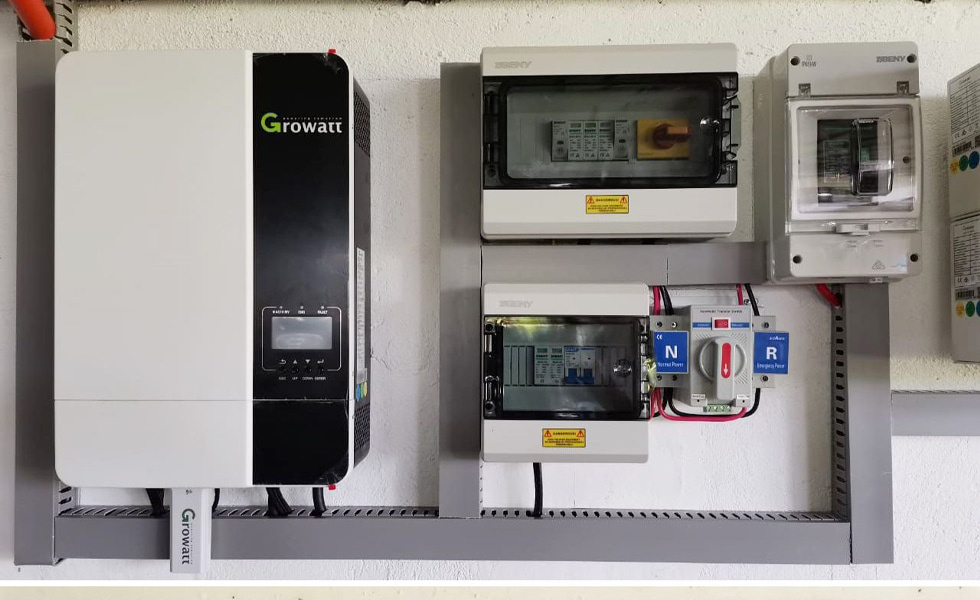
In a world where power can be accessed from everywhere, is it important to know what an off-grid solar inverter is? What are the advantages of using one, and how does it work?
What is an off-grid solar inverter?
Solar inverters are useful devices that can help power off-grid systems.
The three main solar inverters are grid-tied, off-grid, and hybrid inverters. A grid-tied inverter converts DC power from the grid into AC power that can be used directly to supply power. Off-grid inverters are designed to be used without a grid and typically have higher capacity than grid-tied inverters. Hybrid inverters combine the characteristics of off-grid and grid-tied inverters.
They allow people to use alternating current from the grid when needed and convert the direct current from the solar panels to usable alternating current when there is not enough sunlight or the battery is running low.
How do they work?
As suggested by its name, an off-grid inverter is a system that is not linked to the public power grid. The direct current produced by the solar panel is first stored in the battery before being delivered to the off- grid inverter for inversion. The output is when the inverter is finished. Alternating current may be used to power a load directly or recharge a storage battery.
Off-grid solar inverters are suited for distant places without power network coverage, such as deserts, plateaus, deep woods, etc.,since they can satisfy the need for energy anytime, anyplace.
When it comes to renewable energy, one of the most popular options is solar power. An off-grid solar inverter provides a steady stream of electricity even during times of low light.
Off-grid solar inverters are a great way to supply power when you don’ t have access to the grid. For example, they can convert sunlight into electricity off-grid to power devices or charge batteries.